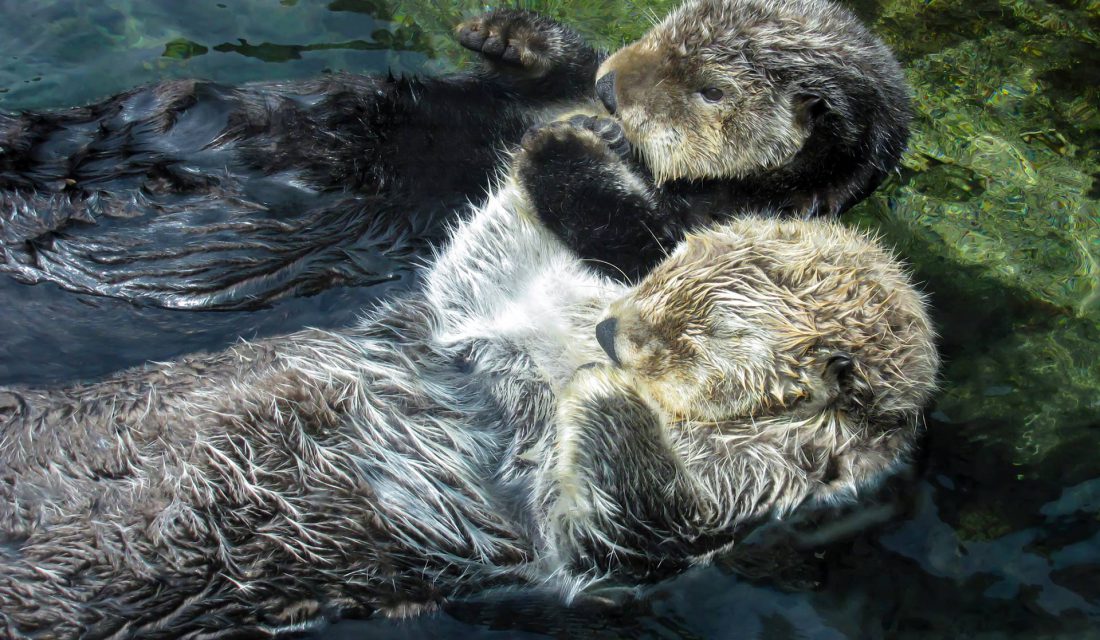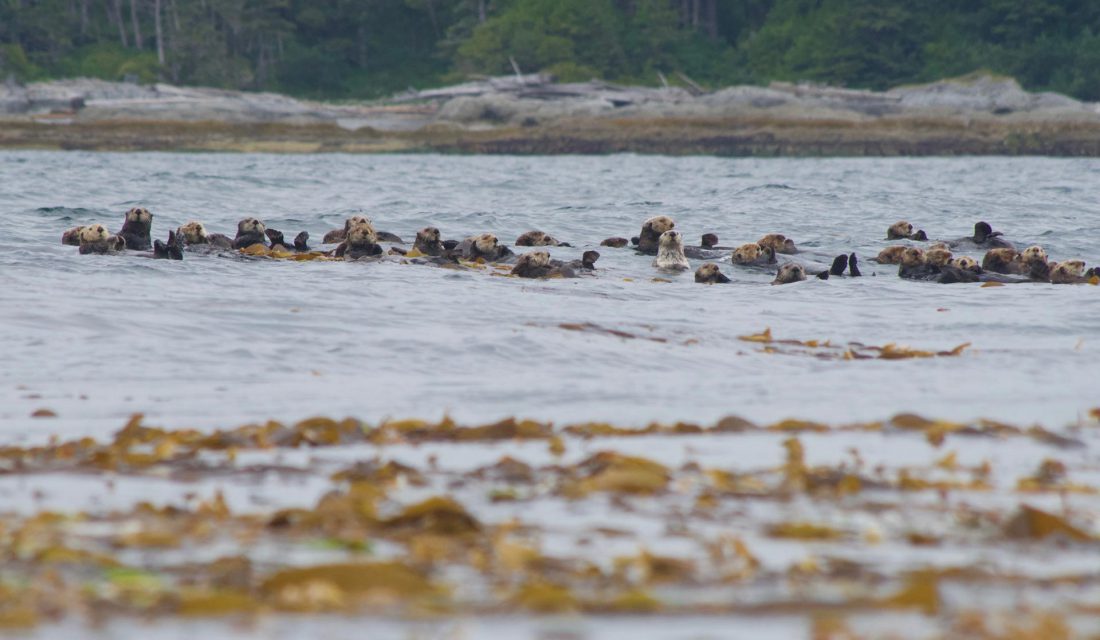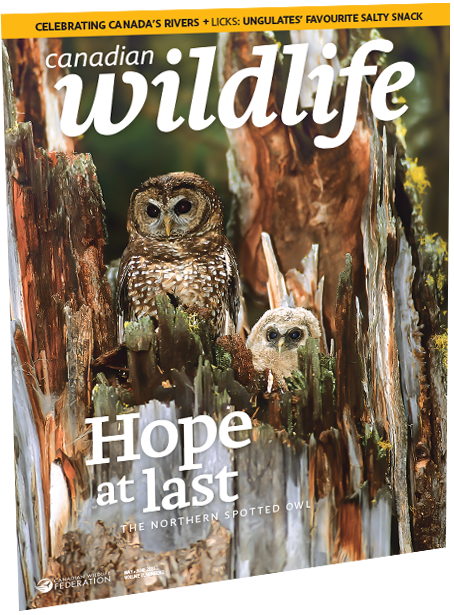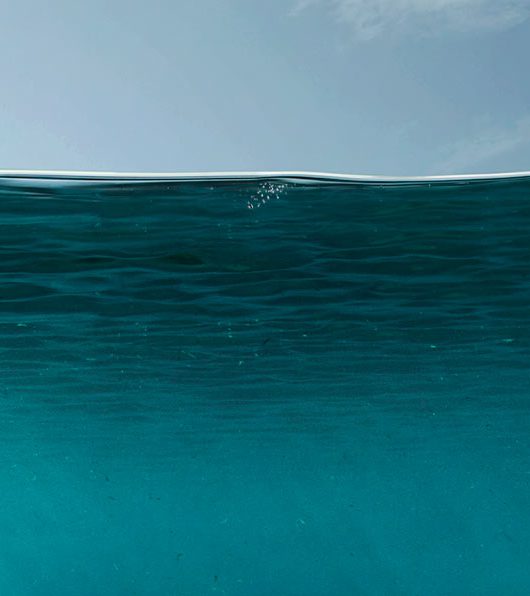Sea Otters always seem to be enjoying a great joke.
They have big eyes and bigger noses, framed by erect whiskers. They seem to show constant surprise. They’re often spotted floating on their backs, paws clasped over the tummy, flippers pointed to the sky and necks flexed as they gaze shrewdly around them. Sometimes, apparently to brace against currents, they join up by the dozens to create a raft with their bodies, holding hands as they ride the waves like a giant furry surfboard.

The size of a 10-year-old and just as mischievous, sea otters are adept at smashing open the shells of sea creatures to suck out the sweet flesh inside. In fact, eating is the main thing they do. They sport extra dense, thick fur to keep them warm rather than the inches of blubber that lots of other marine mammals have. It’s one of the reasons they have to take in anywhere from a quarter to nearly half of their body weight in food every day just to keep the chill of the ocean at bay.
That luxurious chocolate-brown fur was their undoing. With about a million hairs for every square inch — more than any other mammal — their pelts were treasured during the vast global marine fur trade that began in the 1700s. By the 1920s, several years after the killing had stopped, the species was wiped out in Canada, and only a few dozen remained anywhere else on Earth.
Those few kept going. Between 1969 and 1972, 89 of their cheeky offspring were reintroduced to a bay on the west side of Vancouver Island. And then a great experiment began, both ecological and cultural.

As the sea otters slowly began to build up their numbers — there may be 5,000 or so today along the B.C. coast — they started reasserting their role as a top predator in the ocean system. That meant supping on things humans had claimed for commercial and subsistence fishing, including such fare as Dungeness crab, sea urchins and geoduck clams. Humans cried foul — sea otters were eating their profits.
So who wins in showdown between wildlife and Homo sapiens? You can look around the world and know the answer is almost always humans. And that it comes down to a single metric: money. Edward Gregr, a post-doctoral fellow in the lab of sustainability scientist Kai Chan at the Institute for Resources, Environment and Sustainability at the University of British Columbia, reckoned that if you want to narrow the calculus to money, you have to look further than just what profits the shellfish fisherfolk are losing. He and his coauthors in a Science paper published in June developed a model to look at other financial benefits that result from the wily sea otter being back in play.
And that comes down to kelp. When the sea otters vanished, shellfish became unnaturally large and abundant by munching their way through underwater kelp forests. Ecologically speaking, it was a nearshore coastal system out of whack, akin to elk eating up a landscape when the wolves are gone.
Now that sea otters are back, so are the kelp forests.
Now that sea otters are back, so are the kelp forests. And kelp forests are nurseries for a slew of other species that are helping the whole system come back to health.
That means kelp forests nurture other fish that have commercial and subsistence fishing value, including finfish whose numbers had been suppressed by the lack of kelp. Not only that, but they draw down carbon from the atmosphere, storing it in their tissues. A healthier ecosystem invites more tourism, which has monetary value, too.
And that’s not to mention the difficult-to-assess cultural value of sea otters, which archeological studies show were at one time critical to Indigenous peoples.
Gregr added up everything he could. Plainly put, the presence of sea otters makes that chunk of the ocean produce an extra $46 billion a year, even after shellfish losses are accounted for. These small apex predators have an outsize effect on the functioning of the whole show. True, it doesn’t mean the people wanting to fish for crabs and clams get what they want. They may have to go a little deeper into the water column, below where sea otters can hunt, to get their catch, for example.
But the point of the study is not to serve up solutions for individual fisheries. It is that A plus B does not always equal C. The ledger must also include harder to see elements of the equation: the indirect effects of an action over time.
So not just today’s sums, but tomorrow’s, too. To me, it feels like a template for rethinking our whole relationship to nature.

Reprinted from Canadian Wildlife magazine. Get more information or subscribe now! Now on newsstands! Or, get your digital edition today!



